Showing all 7 results
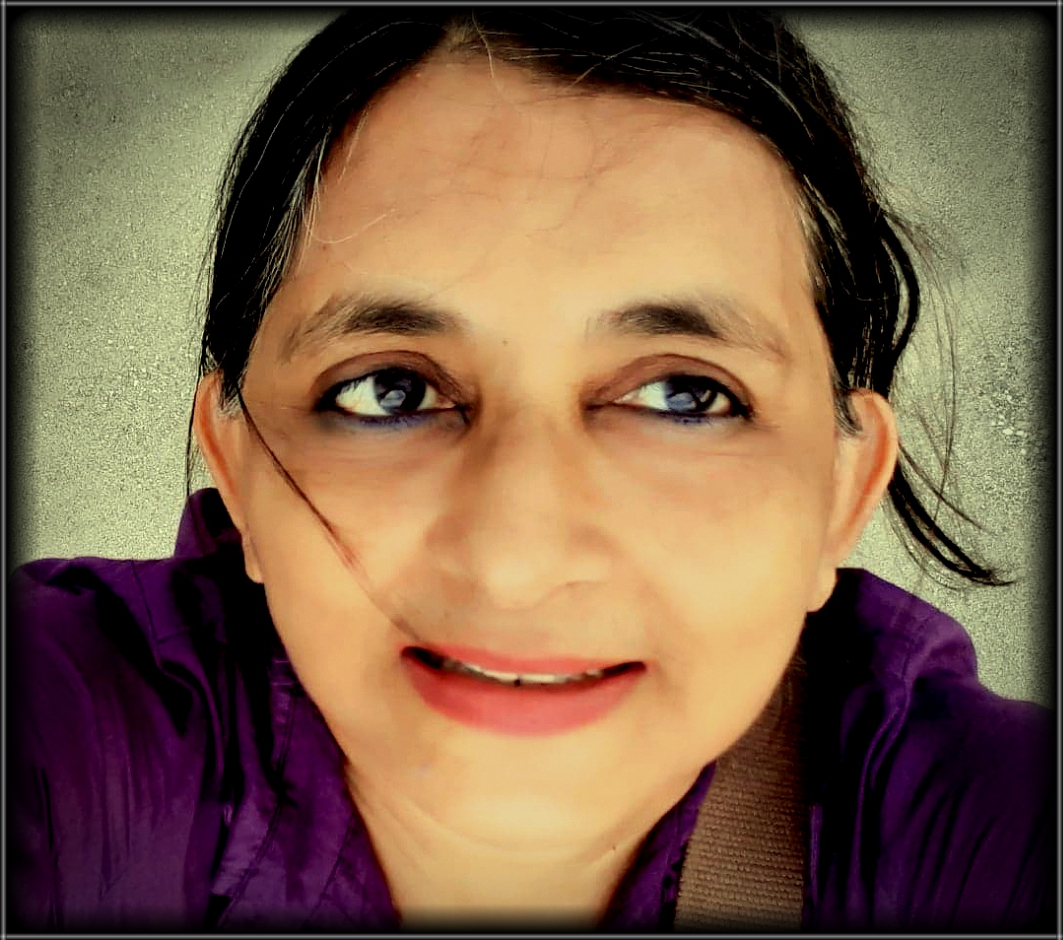
Born
Education
She was a student of Painting at Kala Bhavana, Santiniketan, and completed both her Bachelor’s and Master’s degree studies from this institution.
Exhibition
She has shown in several group shows in some well known galleries in India, like Aakriti Art Gallery, Kolkata, Project 88, Mumbai, Jehangir Art Gallery, Mumbai, and Academy of Fine arts, Kolkata, etc.
Sudeshna is a sensitive soul, responding to the world around her, as it undergoes various political changes, especially of late, and incorporates these responses in her art, albeit in a subtle manner, more metaphorically than literally. What hits the eye on first encountering Sudeshna’s work is the glowing jewel like richness of the works. Though she deals with her preoccupation with the world around, her predilection for the decorative, refinement, and details, take precedence, and present her artworks with a preciousness to be cherished. Strangely, or perhaps deliberately (or even unconsciously) her works have the appearance of intricately stitched tapestries, that presupposes her love for the folk kantha stitching tradition of Bengal that served many purposes for women in the yesteryears – as a useful pastime, as a way to vent their creative inclinations, as a stress buster from the pressures of coping with the domestic politics that came with living within huge joint families.
For Sudeshna, this process of filling her work-space with intricate painstaking details is her personal method of meditation, that takes her close to a realisation of the divine. For any artist, if their art is a way of attaining some degree of spiritualism, then the art is true; because no art can be genuine that lacks its creator’s complete soulful involvement in the process of its creation.
Sudeshna’s painted tapestries have all the necessary elements of a well composed painting; only when it comes to filling up the individual spaces within the painting, she uses certain amount of decorative elements to delineate the objects, like trees, water-bodies, blocks of houses or fields, with patterns or objects like leaves, faces, etc., placed schematically within contrasting coloured spaces. She also quite often uses collages of cloth and Nepalese paper to build up layers, that are again drawn upon painstakingly to create further textures. Often her drawn lines resemble stitched ones and the coloured disparate patches resemble cloth appliques. These apparently decorative pieces, when studied closely come up with a startling darkness of theme, and a melancholic nostalgia of happier “has been” days, rendering more depth to the paintings thereafter, than originally perceived.
-
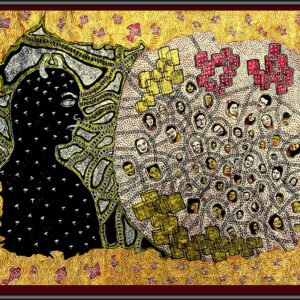
A Demon Is Waiting In The Dark Corner
Enquire Now For Price- Artist: Sudeshna Mitra Battig
- Size: 24X34 Inch
-
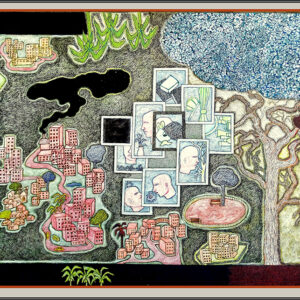
A Soul Isolated In a Chaotic World | Indian Art Gallery
Enquire Now For Price- Artist: Sudeshna Mitra Battig
- Size: 31X23 Inch
-
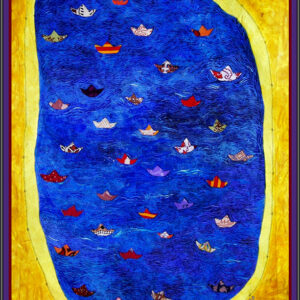
Freedom In a Captivated World
Enquire Now For Price- Artist: Sudeshna Mitra Battig
- Size: 32X23 Inch
-
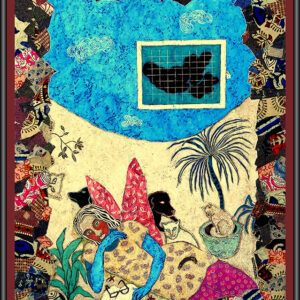
Liberty
Enquire Now For Price- Artist: Sudeshna Mitra Battig
- Size: 31X23 Inch
-
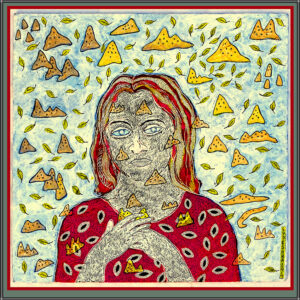
My Rooted Soul
Enquire Now For Price- Artist: Sudeshna Mitra Battig
- Size: 10X10 Inches
-
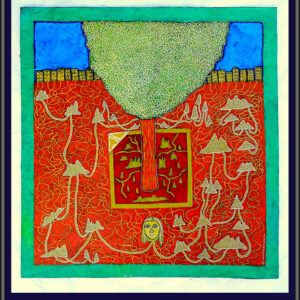
My Rooted Soul (I)
Enquire Now For Price- Artist: Sudeshna Mitra Battig
- Size: 21X20 Inch
-
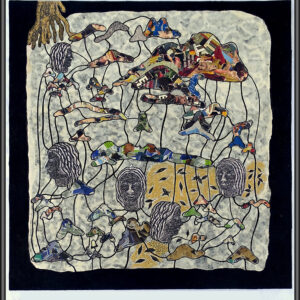
My Rooted Soul (II)
Enquire Now For Price- Artist: Sudeshna Mitra Battig
- Size: 23X22 Inch
